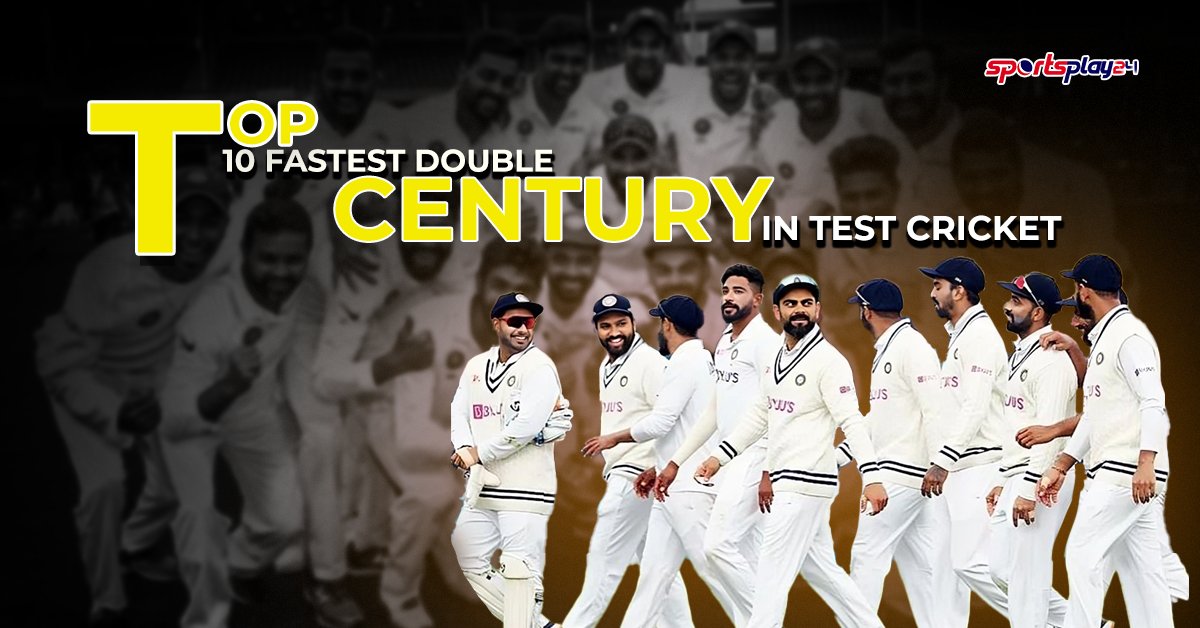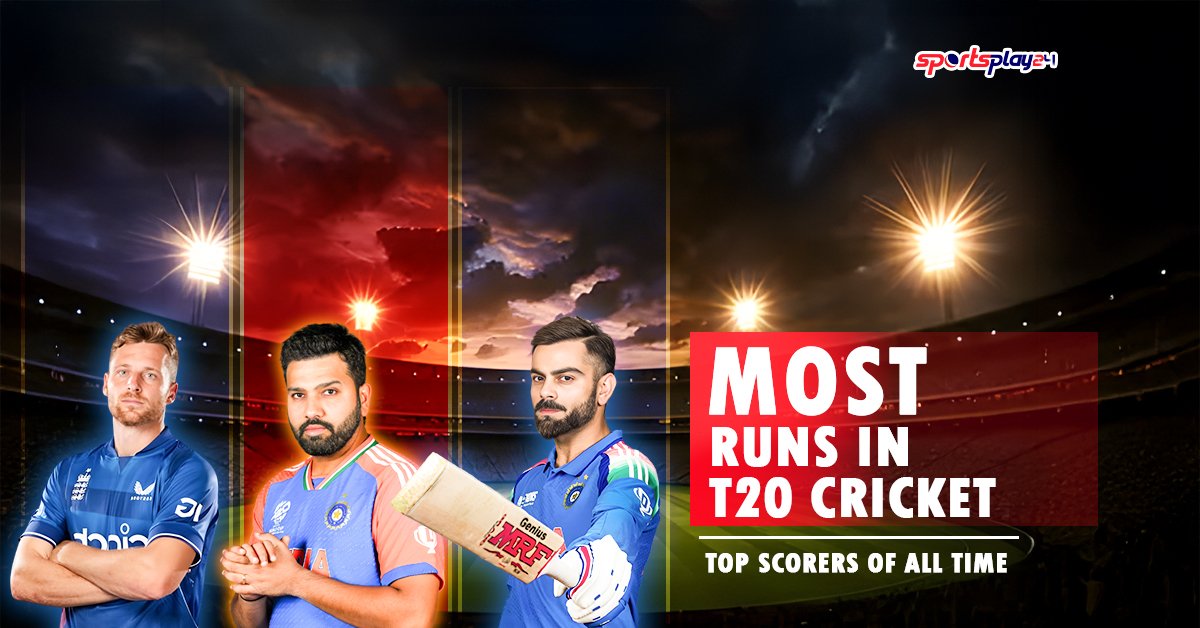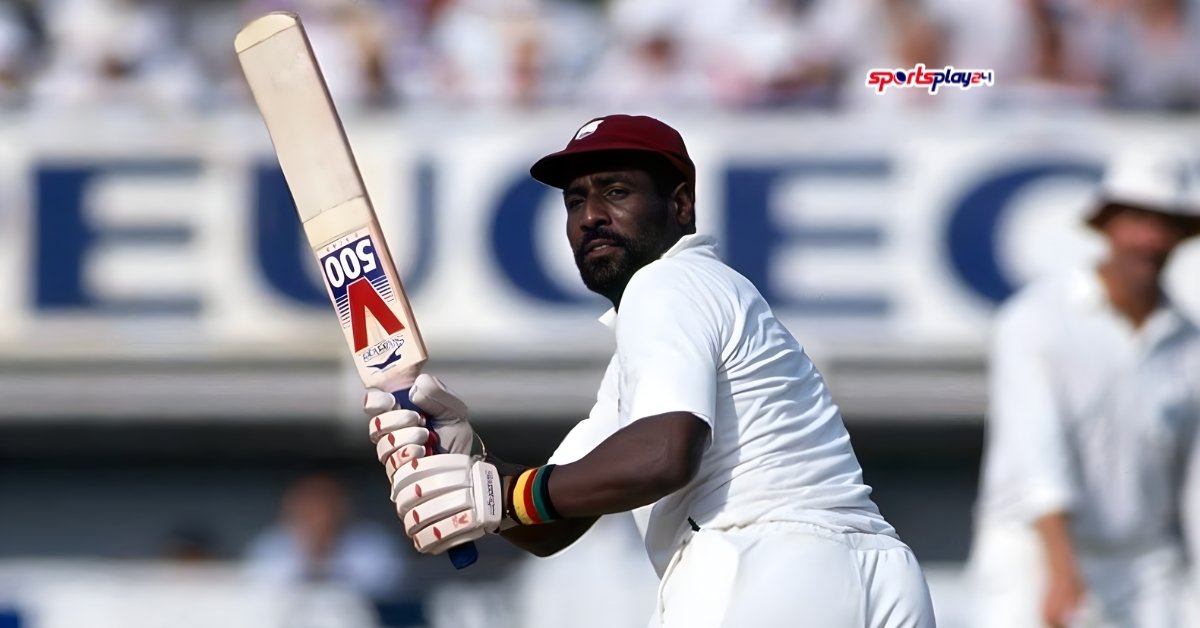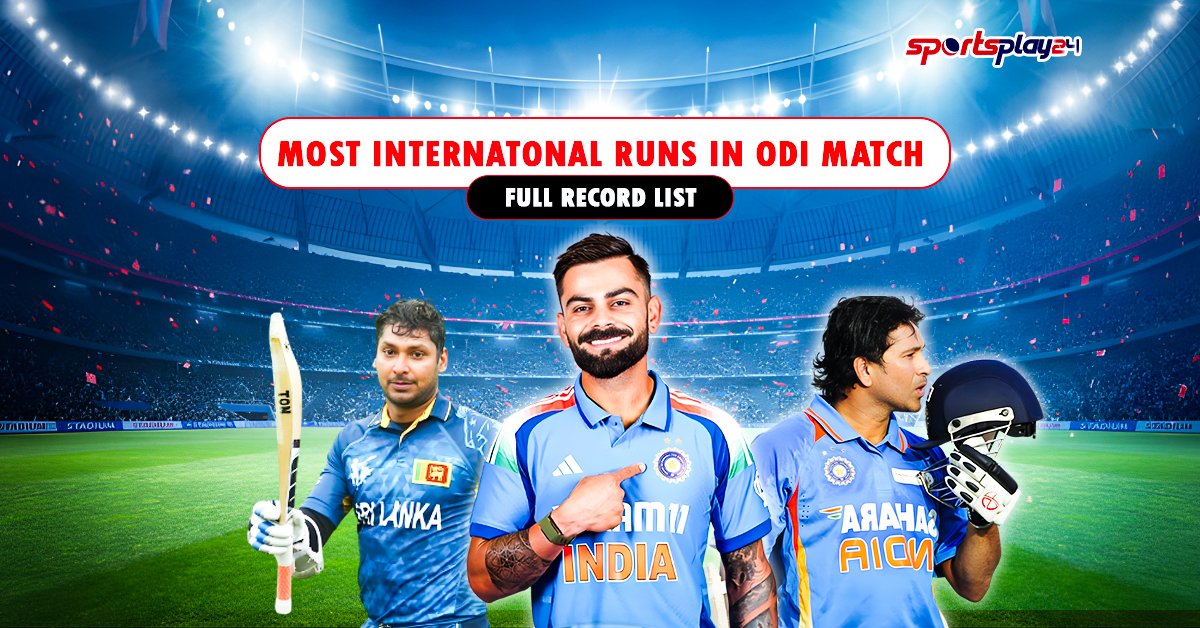When it comes to explosive batting, nothing defines dominance better than the fastest double Centuries in Test cricket. These record-breaking knocks weren’t just about patience; they were pure destruction. From Nathan Astle’s 153-ball blitz to Ben Stokes’ counterattacking masterclass, these innings flipped the traditional Test script on its head. Batters like Virender Sehwag, Brendon McCullum, and Harry Brook turned bowlers into spectators, proving that Test cricket can be as thrilling as T20. If you think red-ball cricket is slow, one look at the fastest double century in Test cricket list will change your mind forever.
Table of Contents
ToggleWhat Is Considered the “Fastest” Double Century in Test Cricket?
The fastest double century in Test cricket isn’t judged by time spent at the crease but by the number of balls faced, making it the most accurate way to measure pure batting aggression. While strike rate and run rate tell you how fast the runs came overall, they can be inflated by short innings. Balls faced gives a fair comparison across eras, especially when conditions vary. That’s why Nathan Astle’s 153-ball double in 2002 and Ben Stokes’ 163-ball classic hold legendary status. With the rise of Bazball, the “quickest double hundreds in Tests” are no longer rare anomalies; they’re becoming strategic weapons, the fastest double century in Test cricket isn’t just a record, it’s a statement.
Player-Wise Breakdown of the Fastest Double Hundred in Test Cricket
When we talk about batting dominance in red-ball cricket, nothing screams authority louder than a double century scored at lightning speed. Building on the legacy of aggressive batting, several players have rewritten record books with blistering knocks. Let’s break down the fastest double centuries in Test cricket efforts by individual players from Nathan Astle’s carnage to Rishabh Pant’s fearless flair.
Nathan Astle (New Zealand) – 153 Balls vs England, 2002

Nathan Astle’s knock is still considered one of the most outrageous innings in Test history. Chasing an impossible 550+, New Zealand were nowhere in the contest until Astle went ballistic. He turned a doomed match into pure entertainment, smashing boundaries at will.
Quick Highlights:
- Strike Rate: 125+
- Match Situation: Chasing a near-impossible score
- Impact on Series: Though NZ lost, this innings became folklore
It remains the fastest double century in Test cricket, a record that has remained untouched for over two decades.
Ben Stokes (England) – 163 Balls vs South Africa, 2016
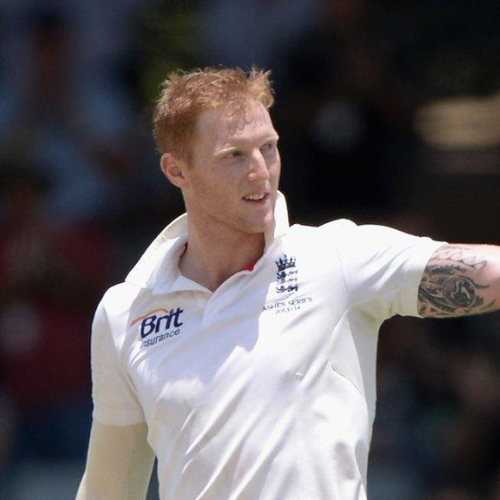
Stokes walked in with England already in command and chose to be violent. Batting like it was a T20, he clubbed bowlers to every corner of Cape Town. His partnership with Jonny Bairstow was a source of pure chaos for South Africa.
Quick Highlights:
- Strike Rate: Nearly 120
- Match Situation: Foundation laid, Stokes turned it explosive
- Impact on Series: Momentum firmly shifted to England
A classic example of controlled aggression meeting pure swagger.
Virender Sehwag (India) – 168 Balls vs Sri Lanka, 2009
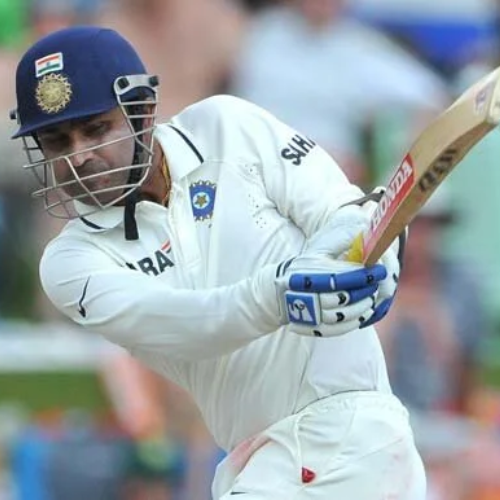
Sehwag treated the Lankan bowlers like bowling machine deliveries. His hand-eye coordination made good balls disappear as if the laws of cricket no longer applied. His double century came without a hint of footwork, just clean, fearless striking.
Quick Highlights:
- Strike Rate: Above 100
- Match Situation: India aiming for a massive first-innings total
- Impact on Series: Set India up for domination
Sehwag didn’t just score; he destroyed spirits.
Virender Sehwag (India) – 182 Balls vs Pakistan, 2006
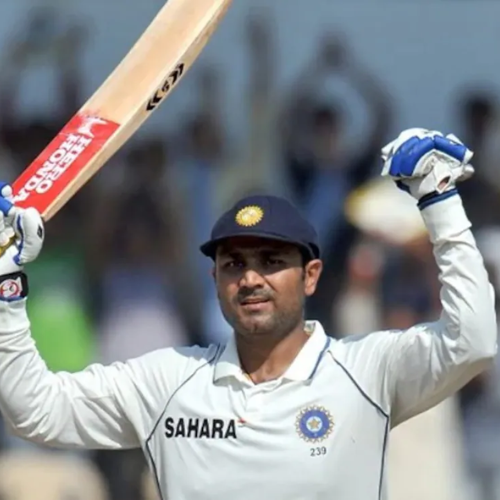
Sehwag appears again, of course. Against arch-rivals Pakistan, he unleashed one of his most brutal assaults. Spin or pace, everything went over midwicket.
Quick Highlights:
- Strike Rate: 95+
- Match Situation: Flat track, but Sehwag ensured it hurt
- Impact on Series: Psychological edge to India
Sehwag’s second entry proves why he was way ahead of his time.
Brendon McCullum (New Zealand) – 186 Balls vs Pakistan, 2014
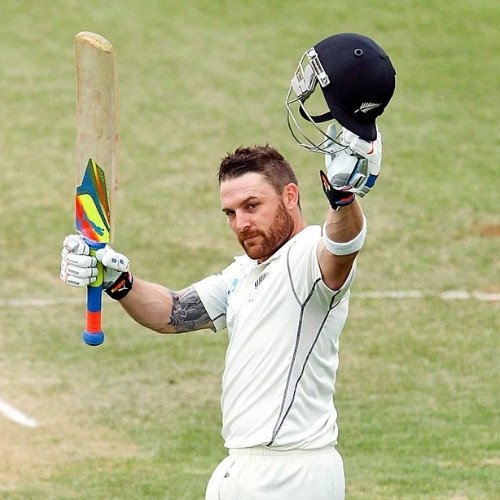
McCullum was in the middle of a golden phase. His 195 at Christchurch wasn’t just aggressive, it was perfectly paced. He took Pakistan’s bowlers apart but ensured the innings never felt reckless.
Quick Highlights:
- Strike Rate: 105+
- Match Situation: NZ recovering from early setbacks
- Impact on Series: Series sealed for New Zealand
It was classic Bazball before Bazball had a name.
Harry Brook (England) – 194 Balls vs Pakistan, 2023
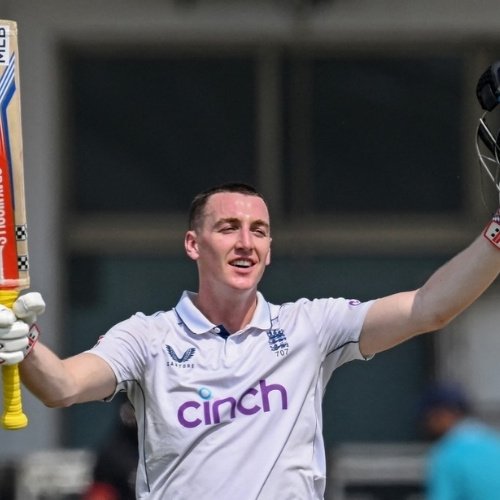
Harry Brook represents England’s new-age aggression. His 200 in Rawalpindi was measured yet destructive. He picked gaps with precision, punishing anything short or full.
Quick Highlights:
- Strike Rate: 90+
- Match Situation: England building scoreboard pressure
- Impact on Series: Helped seal a rare subcontinent away win
Modern aggression meets classical composure.
Ben Stokes (England) – 198 Balls vs Australia, 2016
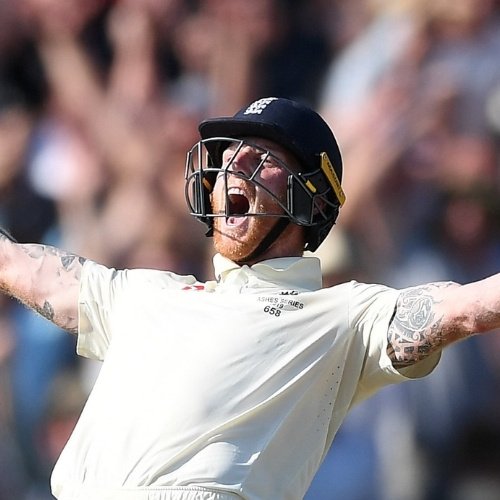
Another Stokes masterpiece, this time in the Ashes. With Australia expecting discipline, he delivered chaos. Every pull shot felt like a statement.
Quick Highlights:
- Strike Rate: 100+
- Match Situation: England recovering from an early collapse
- Impact on Series: Lifted dressing-room confidence
When Stokes switches to beast mode, there’s no stopping him.
M.S. Dhoni (India) – 231 Balls vs Australia, 2013\
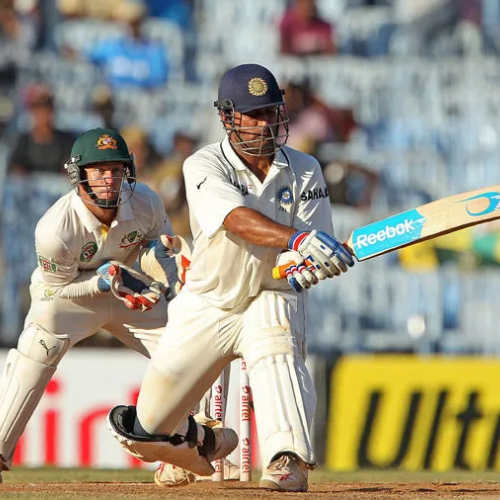
Dhoni’s 224 in Chennai wasn’t just a double hundred; it was leadership expressed through batting. He dismantled the Aussie spinners with helicopter strokes in whites.
Quick Highlights:
- Strike Rate: 90+
- Match Situation: India slightly shaky before Dhoni’s entry
- Impact on Series: Set the tone for a 4-0 whitewash
Captain Cool went Captain Ruthless.
Rishabh Pant (India) – 250 Balls vs Sri Lanka, 2018
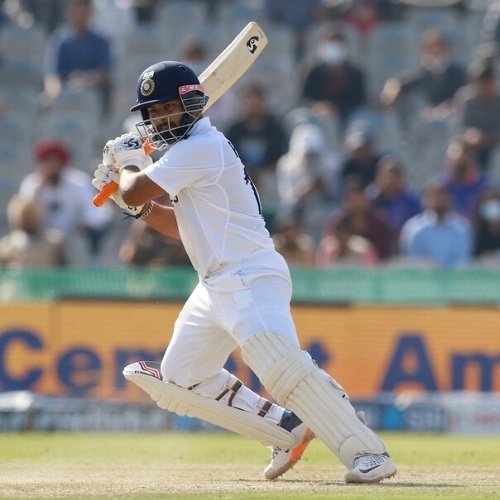
Pant may be the future of the fastest double century in the Test cricket list. Although slower than others, his 200 came with flair, featuring reverse sweeps, lofted drives, and sheer unpredictability.
Quick Highlights:
- Strike Rate: 80+
- Match Situation: India extending dominance
- Impact on Series: Cemented Pant’s place as match-winner
Pant brings chaos, the beautiful kind.
Kumar Sangakkara (Sri Lanka) – 267 Balls vs Bangladesh, 2007
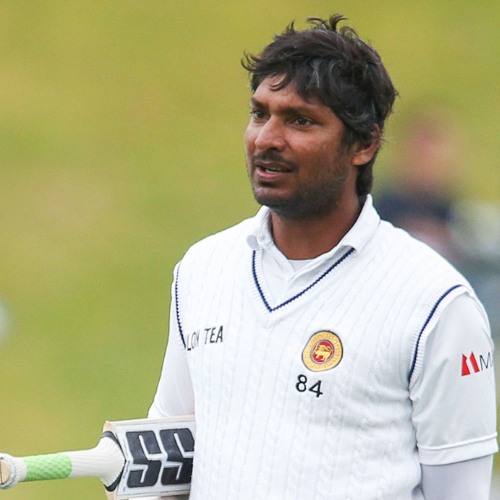
Sangakkara was elegance personified. Unlike others on this list, his double wasn’t about brutality; it was sheer class. Every cover drive was poetry.
Quick Highlights:
- Strike Rate: 75+
- Match Situation: Consolidating after early wickets
- Impact on Series: Sri Lanka asserted complete control
A reminder that artistry can be just as destructive as power.
Key Takeaways: What Makes These Double Centuries Legendary?
- Played Under Extreme Pressure: Most innings that earned the title of the fastest double century in Test cricket came when teams were struggling or facing massive targets. These weren’t casual milestones; they were statements of intent.
- High Aggression in a Traditionally Patient Format: Turning a five-day format into a T20-style assault is what separates these knocks. Scoring rates that defy logic make every fastest double century in Test cricket unforgettable.
- Dominance Over World-Class Bowling Attacks: These weren’t freebies against weak opposition; they were counterattacks against legends. Pace, swing, spin, nothing could stop them.
Conclusion
In the end, the fastest double century in Test cricket isn’t just about brute force; it’s a rare mix of fearless intent, perfect timing, and complete dominance over conditions. Whether it’s Nathan Astle’s record-shattering knock or Ben Stokes’ explosive blitz, these innings redefine what’s possible in the game’s longest format.
They prove that Test cricket isn’t slow or outdated, it’s a ticking bomb waiting for the right player to light the fuse. More than milestones and numbers, such knocks spark belief in young cricketers that aggression has a place even in whites. And while future stars will chase the fastest double century in Test cricket, only a few will do it with the kind of flair that echoes through time. Because legends aren’t remembered for scoring runs, they’re remembered for how ruthlessly they changed the game.

SportsPlay24 is powered by a passionate team of sports lovers who live and breathe the game. From Cricket to the NFL, our experts speak with one unified voice — driven by research, sharp insights, and an unshakeable love for sports. We go beyond headlines to bring you verified facts, intelligent analysis, and bold opinions that keep every fan ahead.

